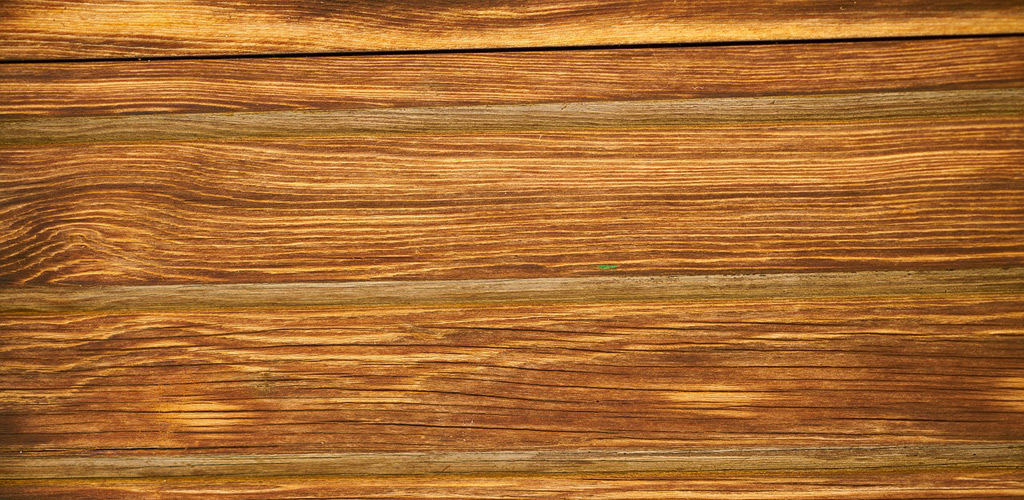Applewood is probably the most beautiful wood in the world because of its grain pattern and texture. The wood is known for its amazing qualities such as versatility, long-lasting characteristics, and ability to stand out. The good thing is that it can be found in almost all regions of the world even if it is not grown there.
However, let’s talk about the question that may arise in your mind, is apple wood good for furniture? Let’s just dive into the article to learn about the different aspects, specifications, and characteristics of apple wood. We will also discuss how to identify and protect apple wood in the long run.

Table of Contents
What is apple wood?
Applewood is sourced from the apple tree also known as Malus Pumila. The tree was first found in Central Asian countries but because of the fruit, beauty, and wood, it can now be found in all regions of the world. Though most countries grow this tree for apples, it indirectly reduces the cost to some extent because of easy availability.
Which countries are major producers of applewood?
Central and Southeast Asian countries are the major producers of apple wood especially because the fruit is consumed too much in these areas. A survey found that apples fall in the top 3 most consumed fruits in these countries and around the world. Some of the major exporters of apple wood include names like:
- India
- Bangladesh
- Pakistan
- Sri Lanka
What kind of wood is apple wood?
Applewood is a hardwood with enough hardness, strength, and durability to be used in the making of almost all types of furniture. It can also be used to make woodturning and carving items because of its hardness. When proper polishing and finishing are done combined with regular maintenance, applewood furniture can easily last for decades if not more.
What is apple wood used for?
Applewood is a versatile material and can be used for a variety of applications and items such as:
- High-quality furniture
- Carving
- Ceiling
- Flooring
- Mallet’s heads
- Handles for tools like hammers, axes, etc
Wood is used for flooring but it’s not very common because of the shrinkage rate which is slightly higher than many other kinds of wood used for this specific purpose.
What are applewood slabs?
Applewood slabs are long handles used for different tools like hammers and axes. The slabs are mostly straight and round but depending upon the tool it holds, there may be some cupping, knotting, twisting, or bowing in the handles for better grip.
Is applewood strong for furniture?
Applewood is a mixture of strength, hardness (Janka hardness rating of 1,730 lbf), and beauty in a single package. It is used for making chairs, tables, beds, and couches that can bear a good amount of weight without breaking or splitting. In terms of beauty, applewood is as attractive as cherry wood.
How does apple wood smell?
Applewood has a very unique but sweet smell. It usually smells like a mixture of raisins or sometimes blue cheese as well. The smell is so aromatic and strong that it can fill the entire room if a single piece of furniture is placed inside.
You may not feel it but a person coming from outside can easily detect it. However, polishing and finishing the furniture can reduce or completely wipe off this smell.
Is it necessary to dry apple wood for furniture?
Yes, drying apple wood is essential before shaping it into furniture. Applewood has a lot of moisture in it which can lead to shrinkage in furniture if not dried. With the normal technique of keeping it in a well-ventilated area, apple wood can take 3 months to dry completely. However, you can kiln dry the wood as it will take not more than 7 days.
Pros of applewood furniture:
Here are the major advantages that come with buying applewood furniture:
- High durability
- Good wear and tear resistance
- Beautiful appearance
- A good absorber of polishing which gives a smooth and shiny finish
- High resistance to rot and decay
- Requires minimum maintenance (it is recommended to go for it at least once a year)
- It brings health benefits such as good and proper respiratory functions
Cons of applewood furniture:
Though there aren’t any major issues, there are some drawbacks to the applewood furniture such as:
- Color variations may lead to different shades in different pieces of the furniture
- Hardness, difficult to work with
- Not much resistant to insects, pests, and termites
- Some people may experience allergic reactions
Why is applewood difficult to work with?
Appleoowd is moderately difficult to cut, shape, design, and sand into furniture and many factors contribute to this factor such as:
- Toughness requires the right tools and techniques to cut and shape the wood.
- Tight grain patterns, knots, and burls can cause the panel to split or crack if not handled properly.
However, the wood is also fun to work with because of the sweet smile that it emits when cut and sanded. So, the wood may be difficult to work but not that hard.
How to know if the furniture is of applewood?
Here are some identifications that can tell if the furniture is made of applewood:
- Applewood is light-medium brown with a slight shade of pinked red.
- Fine, even, straight, and tight grain patterns.
- Knots and burls in the texture.
- Same smell as cherry wood or raisins and blue cheese.
As the wood resembles a lot of cherry and many other kinds of wood, it is better to seek professional help for identification of apple wood furniture or visit a trusted store.
How to make applewood furniture last longer?
Here is what you can do to make your applewood furniture last longer and stay in good shape for decades:
- Keep your furniture clean of any dust and debris.
- Immediately wipes off the liquid or food residues if spilled on the surface.
- Don’t put any abrasive or harsh sheets as they may affect the polished finish.
- Always use a protective finish that keeps furniture preserved for a long time.
- Protect the furniture from direct sunlight and too much moisture exposure.
- Place the furniture in place with minimum chances of bumping into it.
- Keep sharp objects away from the furniture.
- Call for general repairing and re-polishing once a year.

